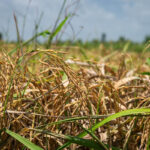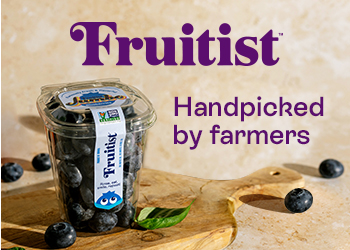The global dragon fruit market is set for substantial growth, with its value expected to rise from US$507.3 million in 2023 to US$973.6 million by 2033, at a CAGR of 6.7%. Dragon fruit thrives in warm and humid climates, offering a year-round supply due to its evergreen nature.
The increasing popularity of dragon fruit is attributed to its rich nutritional profile, which can help combat chronic conditions such as cancer and asthma, regulate blood sugar, and promote skin and hair health. Packed with fiber, vitamins, and antioxidants, this fruit has gained traction among health-conscious consumers who seek nutritious ingredients for a balanced diet.
Dragon fruit plays a key role in the food and beverage industry, driving market expansion as producers develop a range of tropical products to satisfy diverse consumer tastes. The potential for sustained market growth is clear, as underscored by the findings of Persistence Market Research.
Key Market Growth Drivers
The growing awareness of dragon fruit’s health benefits, such as its rich nutrient content and antioxidant properties, is a key factor driving demand. Consumers increasingly recognize the fruit's ability to help mitigate chronic health conditions, making it a desirable addition to their diets. Additionally, the shift toward healthier eating habits propels the rise in dragon fruit consumption as part of natural, nutritious food choices.
The food and beverage sector is expanding rapidly, with dragon fruit gaining popularity as an ingredient in various products. Its versatility has allowed producers to innovate, creating new offerings that cater to changing consumer preferences. Moreover, the globalization of markets and favorable trade policies have enhanced the reach of dragon fruit, making it more accessible in regions that previously had limited exposure.
Challenges and Market Restraints
Despite its evergreen nature, dragon fruit cultivation still faces challenges due to seasonal variations that can impact supply and pricing stability. Additionally, the plant is susceptible to pests and diseases, which can affect yields and product quality. Transportation and shelf-life issues are also significant hurdles, as the fruit’s delicate nature requires careful handling, particularly in long-distance shipments.
The geographical constraints of dragon fruit cultivation limit its production to specific regions with warm, humid climates. This can cause supply shortages and price fluctuations in areas where the fruit is not grown locally. Furthermore, the high initial investment required to establish dragon fruit orchards, including land, infrastructure, and cultivation practices, may deter some potential growers from entering the market.
Market Trends
Consumers are becoming more interested in organic and sustainably produced dragon fruit, which has fueled a demand for environmentally friendly farming practices. This shift towards sustainability prompts producers to adopt eco-friendly practices, such as organic farming, integrated pest management, and water conservation techniques.
Innovation in dragon fruit products has been a significant trend as producers explore new avenues for the fruit’s use. Dragon fruit-based beverages, snacks, desserts, and even skincare products have been developed to cater to diverse consumer needs. The rise of e-commerce has also expanded the market, providing consumers with easier access to dragon fruit products from different regions and encouraging online sales growth.
As health and wellness trends continue influencing consumer behavior, the demand for functional foods like dragon fruit, known for their nutritional benefits and disease-fighting properties, has surged.
Recent Key Developments
In response to growing demand, dragon fruit cultivation has expanded to new regions with favorable climatic conditions, including countries like Vietnam, Thailand, and Colombia. These regions are working to increase production to meet global demand. Technological advancements, such as hydroponics, vertical farming, and controlled environment agriculture, also improve dragon fruit cultivation by enhancing yield, quality, and sustainability.
Producers are increasingly focused on developing innovative products, including new types of dragon fruit-based beverages, snacks, desserts, and even beauty products. Meanwhile, sustainability efforts within the industry are strengthening as more producers adopt eco-friendly practices, further supporting the demand for environmentally conscious farming.















































